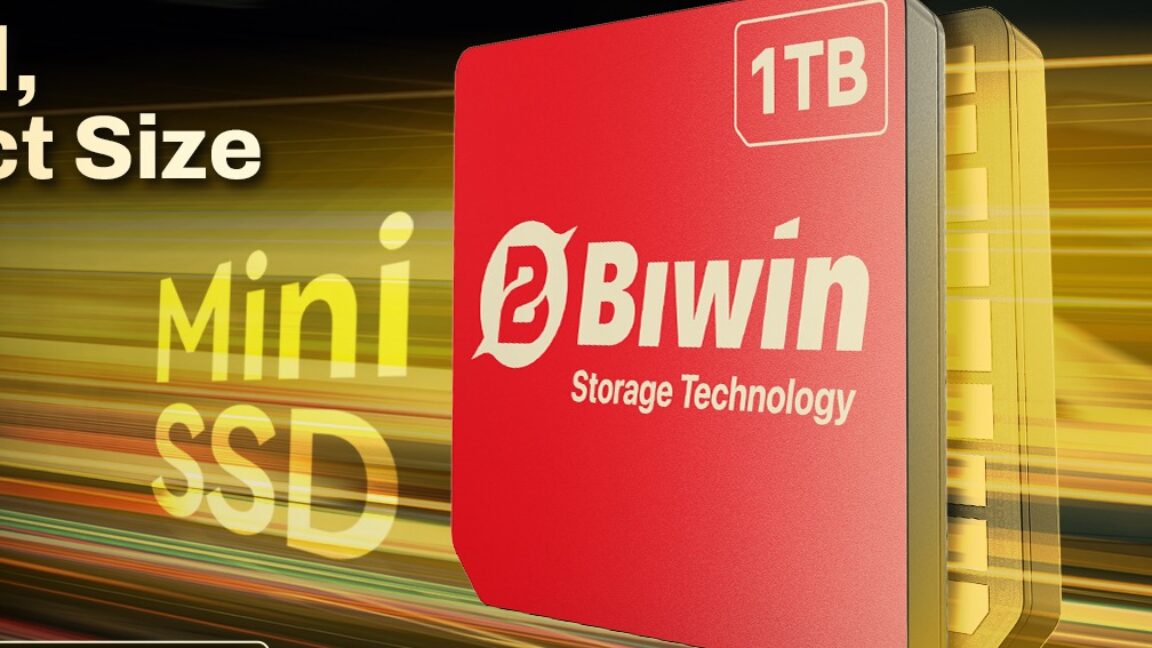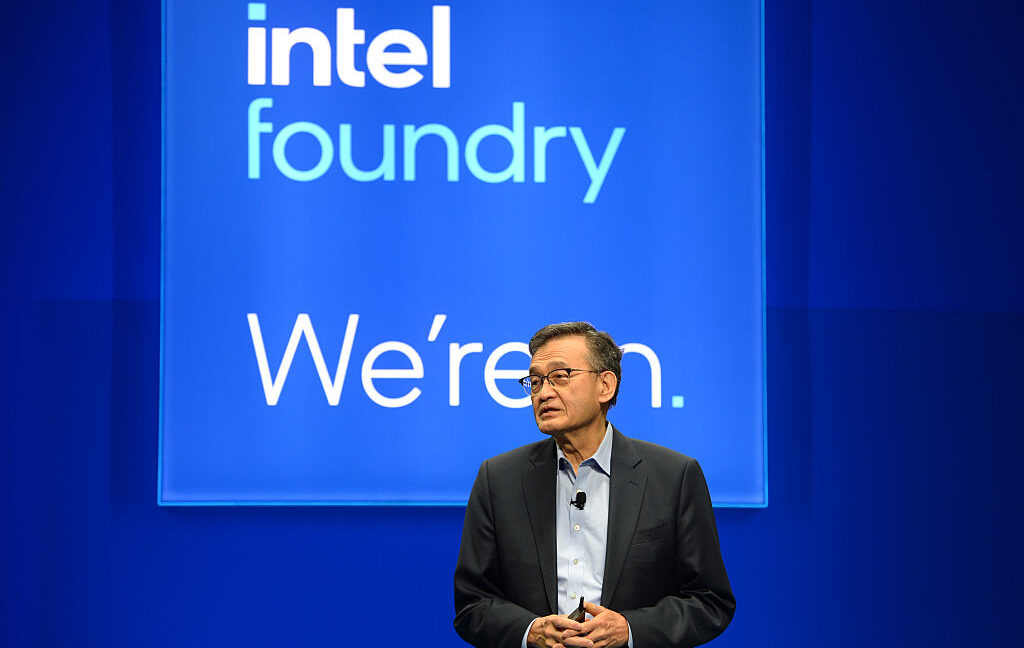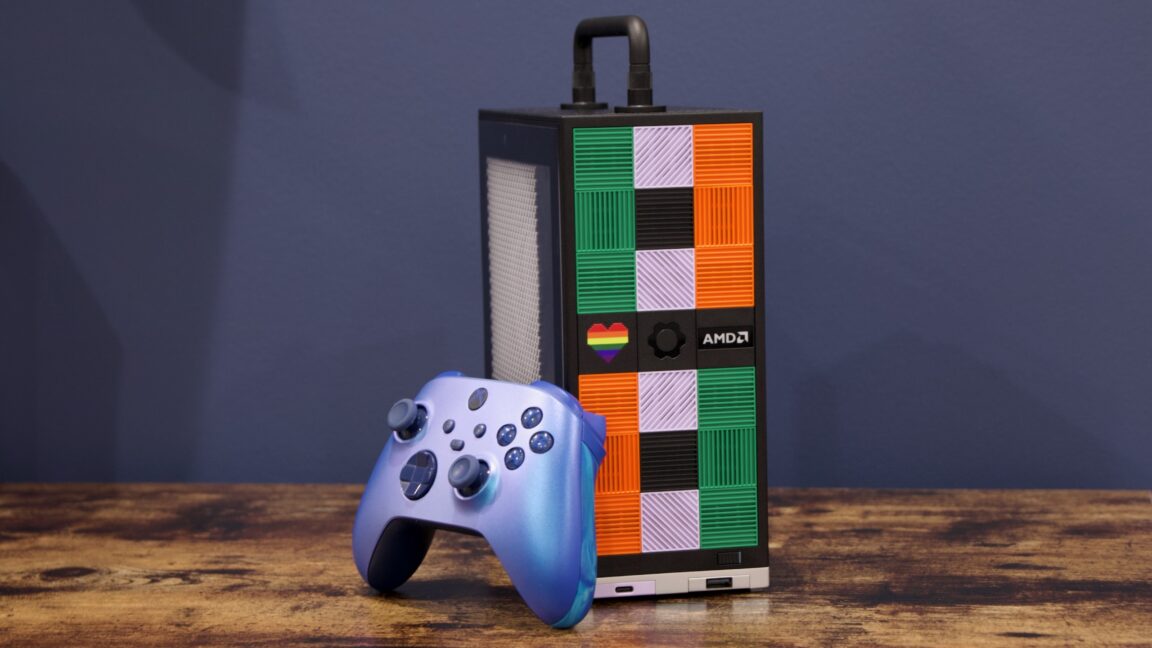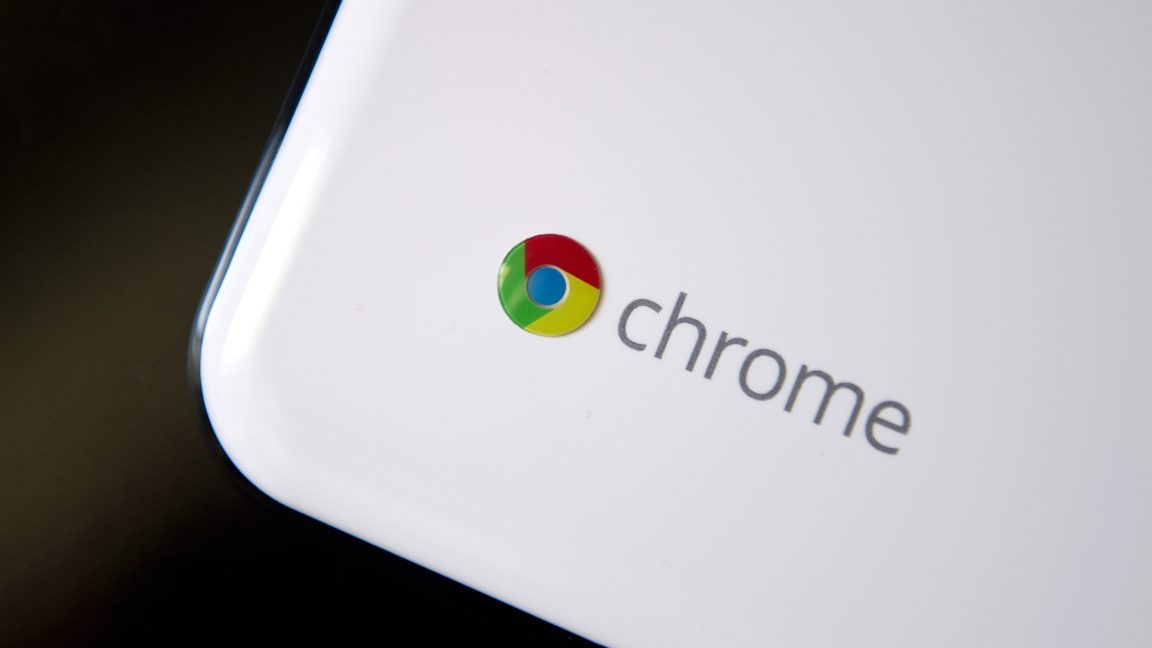The Rise of Tiny, Removable 'Mini SSDs' in Gaming Handhelds

In the realm of gaming, the push towards faster and more efficient storage solutions is always at the forefront. Earlier this year, Nintendo embraced the microSD Express standard, setting a new benchmark with its Switch 2 console. Although the specification was developed in 2019, its adoption remained limited as non-Express microSD cards were deemed sufficient for most uses. However, as the industry evolves, there's an increasing demand for speeds closer to internal SSDs, especially for more demanding consoles.
Driven by this need, companies are eyeing innovative solutions to fast, removable storage. One notable development comes from Biwin, a Chinese company that has introduced the "Mini SSD". This revolutionary card measures a mere 15 by 17 mm thick and is capable of read speeds up to 3,700MB per second, thanks to a two-lane PCI Express 4.0 interface. In contrast, most existing cards only achieve speeds of about 900MB per second, showing substantial room for advancement in this arena.
First unveiled in March, the Mini SSD is designed with LGA packaging, accommodating NAND chips and an SSD controller within its compact design. These cards, easily slotted in like a SIM card, are garnering attention from gaming handheld manufacturers like the GPD Win 5 and the OneXPlayer Super X, which plan to support this new storage medium, offering capacities from 500GB to 2TB.
Though not yet an industry standard, the Mini SSD represents a shift towards solving an essential problem in portable gaming systems: the demand for fast, upgradeable storage without the need for complex hardware alterations. With games continuously growing in size—partially due to enhanced graphics and extensive audio files—such advancements in storage technology are not only welcome but necessary.
As games continue to expand, the future of storage—be it through Mini SSDs, improved microSD Express cards, or other technologies—will be crucial for maintaining seamless gaming experiences.



